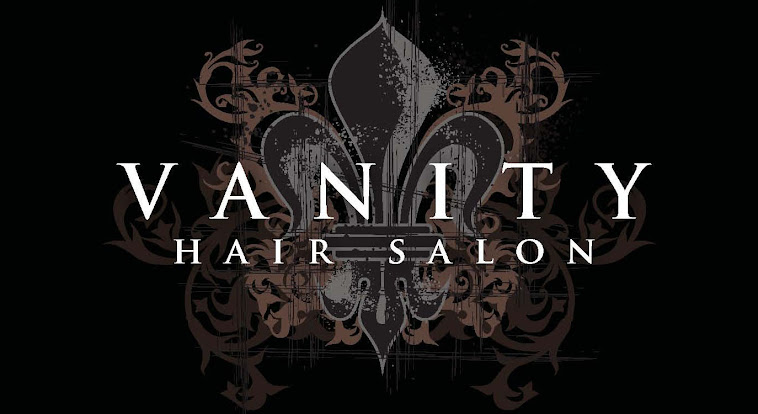Vanity Hair Extensions Tags: Vanity Hair Extensions, Hair Extensions, Salon, Donovan Eastman, Mindi Memmott, Element Salon, Utah, Beauty, Celebrity

Over the course of a client's lifespan of hair extensions, they may choose to change their hair color. This proposes the problem of how to properly match the extensions color with the client's real hair using demi-permanent or permanent hair dye. Additionally, over the course of time, hair extensions that have been reused multiple times experience color fading.
THE PROBLEM with applying any color to the hair extension is that the results can be very unpredictable. The hair does not take color like normal scalp hair since our Hair Extension Sources use only the highest quality permanent pre-metalized fiber dyes designed for the highest longevity and color integrity. Therefore, attempting to dye the hair extension would produce an outcome that could be drastically different from your normal expectations.
THE SOLUTION is applying a color that will be the same level or darker, which offers better results than trying to lift. Lifting involves bleaching which can cause damage to the already pretreated extensions. The safest solution if your client wishes to go to a significantly lighter color tone is to encourage them to invest in new extensions for a longer lasting and better appearance. As always, if you proceed with a demi-permanent dye, a strand test is strongly recommended.
Know the Facts About Our Hair and It's Capabilities
Russian Virgin Hair: This hair type can be bleached, colored and permed but contains the same risks as chemically treating normal scalp hair. Since this is cut hair its moisture levels are lower than scalp hair and may react differently to chemicals. Your risk is that the hair may tangle.
Indian Hair: This hair type may be a mix of various hair that was bleached, dyed and/or blended to obtain a custom color and texture match (all textures are 100% natural). It is advisable not to highlight, tint, dye, perm or apply any other type of chemical process since it is likely the hair has already been treated.
European Hair: This hair type may be a mix of various hair that was bleached, dyed and/or blended to obtain a custom color and texture match (all textures are 100% natural). It is advisable not to highlight, tint, dye, perm or apply any other type of chemical process since it is likely the hair has already been treated.
"Bleach" colors do not have any dye deposits. Only this type of hair can be easily highlighted, tinted and dyed. We strongly advise against further chemical treatments on light blonds. Your risk is damaging the integrity of the hair beyond repair.
Article reposted by permission of Hair & Compounds, Inc.
http://www.haircompounds.com/hairextensions/

